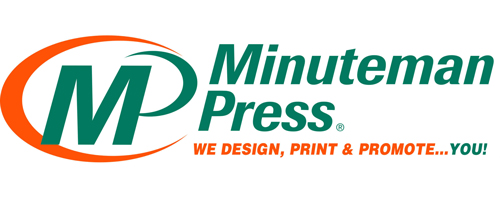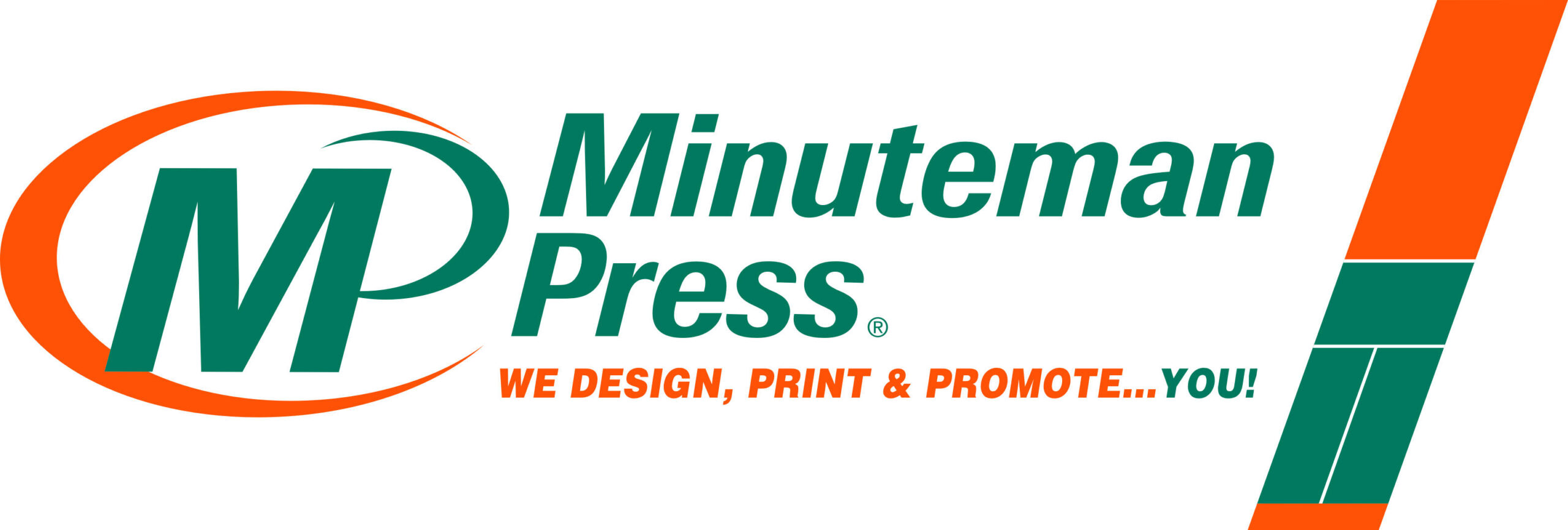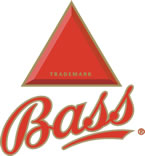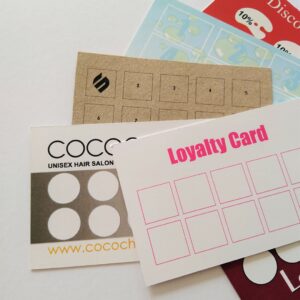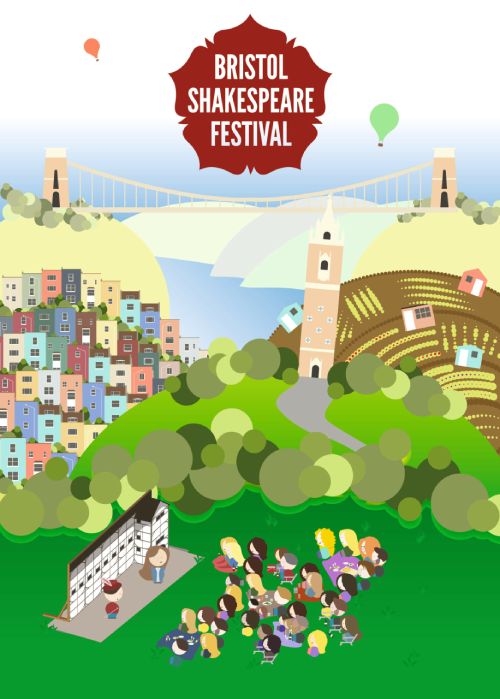A logo / logotype is a unique characteristic mark or image projecting a corporate identity onto a company. A company’s logo is often synonymous with its trademark or brand. These are specifically designed to project a particular concept and / or impression.
We are bombarded with a myriad of logos everyday. The best ones implant in the subconscious and are instantly recognisable at a glance, sometimes by just the colour alone – they become icons and retain relevance through the ages.
For instance, the Bass red triangle logo was the first ever trademark in the UK, registered in 1875 and reportedly in use since the 1600s.
Logos can consist of purely typographic elements, abstract or symbolic imagery or any combination of these. And they can be protected legally as a registered mark or trademark (a trademark can be a name, word, phrase, symbol, design, image, sound, shape, signature, or any combination of these).
- TM: unregistered trade mark, that is, a mark used to promote or brand goods
- SM: unregistered service mark, that is, a mark used to promote or brand services
- ®: registered trademark
The value of a logo cannot be underestimated as a marketing tool. Great care and forethought should be taken at the briefing and design stage enabling the conception of a defining direction, considering each element of the logo (fonts, imagery and colour) because all of this is a reflection of the company and how it works. Does the logo convey the desired message and does it speak to the target audience?
When we see colours, we react immediately. It happens faster than we can read a single word; the subconscious mind makes colour connections and forms opinions before the conscious mind even knows what is being viewed.
Care must also be taken when thinking about the application, use and reproduction of the logo (e.g: can it be easily applied to stationery, clothing, vehicle livery etc? When printed, is it dependent on specific spot Pantone referenced colours or made from a four colour process? Will the design work in one or two colours? Does it need to?
In terms of reproduction of the logo, think about how easy it to scale the logo up and down, especially when rasterised (bitmapped) images are used, because resolution then becomes an issue.
Companies have learned that even a slight change in colour scheme or the addition of a different hue can result in big sales increases. Colour is a big part of effective logo design.
